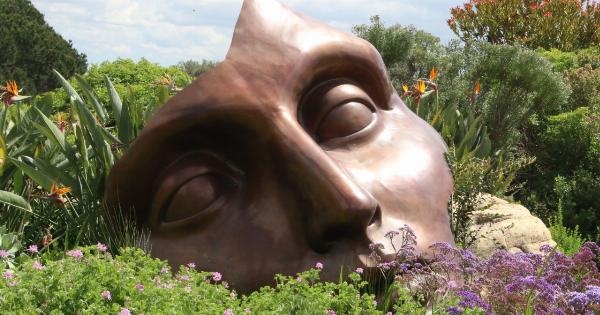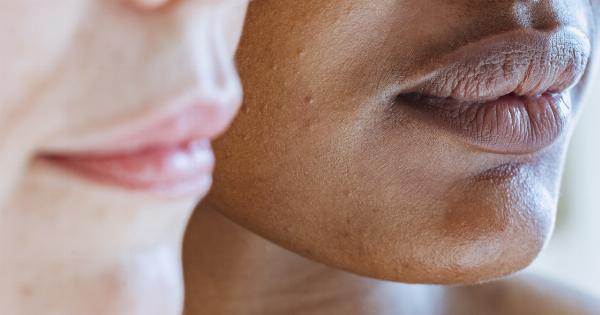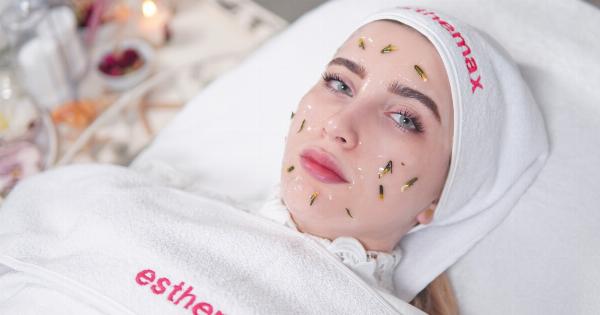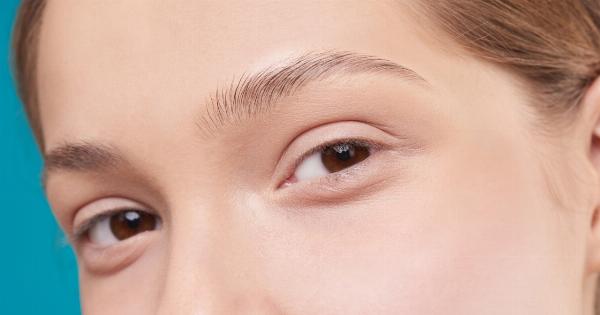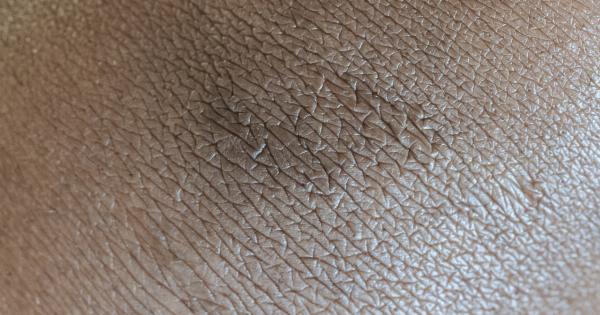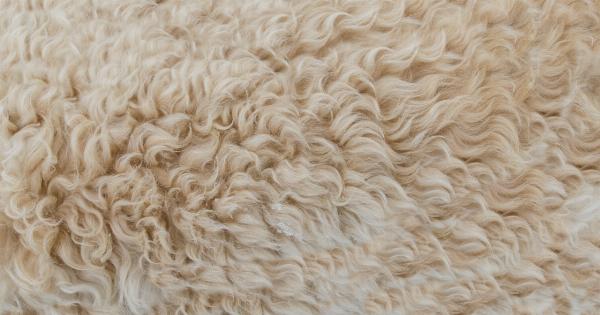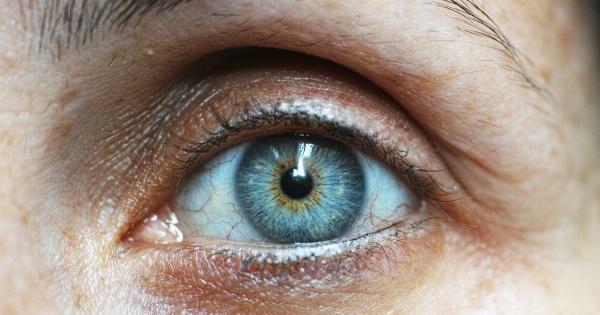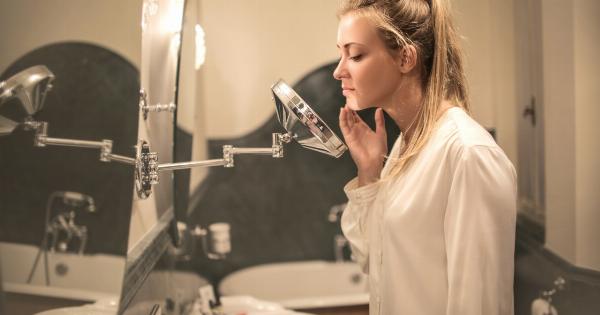Wrinkles are a natural part of the aging process and can be caused by various factors such as sun exposure, smoking, and genetics.
While laughter is often associated with a youthful and carefree spirit, some people speculate that it may also contribute to the formation of wrinkles in the long run. In this article, we will explore whether laughter can lead to the development of wrinkles and if there is any scientific evidence to support this claim.
Understanding Wrinkles
Before delving into the connection between wrinkles and laughter, it is crucial to understand what wrinkles are and how they form. Wrinkles are creases, lines, or folds that appear on the skin as a result of decreased elasticity.
As we age, our skin loses collagen and elastin, two proteins responsible for maintaining its firmness and flexibility. This natural loss of elasticity combined with repeated facial expressions, exposure to ultraviolet (UV) radiation, and other external factors contribute to the formation of wrinkles.
The Role of Facial Expressions
Facial expressions play a significant role in the development of wrinkles. Every time we smile, laugh, frown, or squint, our facial muscles contract.
Over time, these repetitive muscle movements can cause the skin to fold and crease, leading to the formation of wrinkles. The areas most susceptible to expression lines include the forehead, around the eyes (crow’s feet), and mouth (laugh lines).
The Laughter-Wrinkle Connection
While laughter and facial expressions certainly involve muscle contractions, it is essential to distinguish between the types of wrinkles they produce. Dynamic wrinkles are the result of facial expressions and tend to disappear when the face is at rest.
On the other hand, static wrinkles are the outcome of aging, sun damage, and the overall loss of skin elasticity. These static wrinkles persist even when the face is not making any expressions.
When it comes to laughter, it primarily contributes to dynamic wrinkles rather than static wrinkles. The act of laughing involves the contraction of multiple facial muscles, particularly around the eyes and mouth.
These contractions, while temporary, can contribute to the formation of fine lines and creases. However, the laughter-induced wrinkles are likely to fade once the facial muscles relax, and hence do not have a significant long-term impact.
Scientific Studies on Laughter and Wrinkles
Although anecdotal evidence may suggest a connection between laughter and wrinkles, scientific studies on this topic are relatively scarce.
However, a study published in the Journal of Investigative Dermatology aimed to explore the association between various facial expressions and the development of wrinkles. The researchers found that while laughter did contribute to dynamic wrinkles, it was not a significant factor in the formation of long-lasting static wrinkles.
Furthermore, a separate study published in the journal Psychonomic Bulletin & Review analyzed the effects of positive emotions, including laughter, on facial aging.
The researchers found that positive emotions were associated with a more youthful appearance and fewer signs of aging. However, the study did not specifically focus on the impact of laughter on wrinkles.
Other Factors that Influence Wrinkles
While laughter may have a minimal impact on long-term wrinkle formation, other factors play a more significant role in the development of wrinkles. The most influential factor in premature skin aging is sun exposure.
UV radiation damages the skin’s collagen and elastin fibers, leading to increased wrinkle formation and skin sagging. Protecting the skin from the sun through the regular use of sunscreen and avoiding excessive sun exposure is essential in preventing wrinkles.
Smoking is another detrimental behavior that accelerates the aging process and contributes to the formation of wrinkles.
The chemicals found in tobacco smoke can reduce blood flow to the skin, damage collagen, and impair the skin’s natural healing abilities. Quitting smoking not only benefits overall health but also helps prevent the formation of premature wrinkles.
Effective Strategies to Prevent Wrinkles
While the impact of laughter on wrinkles may be minimal, there are numerous effective strategies to prevent and reduce their appearance:.
- Protect your skin from the sun: Applying sunscreen, wearing protective clothing, and seeking shade when the sun is strongest can help minimize sun damage and subsequent wrinkle development.
- Adopt a healthy skincare routine: Cleansing, moisturizing, and exfoliating the skin regularly can promote its overall health and prevent wrinkles.
- Avoid smoking: Quitting smoking can greatly improve the health and appearance of the skin, reducing the formation of wrinkles.
- Maintain a balanced diet: Consuming a diet rich in fruits, vegetables, lean proteins, and healthy fats provides essential nutrients that promote skin health.
- Stay hydrated: Drinking an adequate amount of water helps maintain skin elasticity and reduces the likelihood of developing wrinkles.
- Use anti-aging products: Incorporating skincare products, such as retinoids and antioxidants, into your routine can help reduce the appearance of wrinkles.
Conclusion
While laughter and facial expressions can contribute to temporary dynamic wrinkles, the long-term impact of laughter on static wrinkles is minimal.
Factors like sun exposure, smoking, and overall aging are more influential in the development of wrinkles. While laughter should never be discouraged, adopting other preventive measures like proper skincare, sun protection, and a healthy lifestyle can effectively minimize and delay the appearance of wrinkles.




